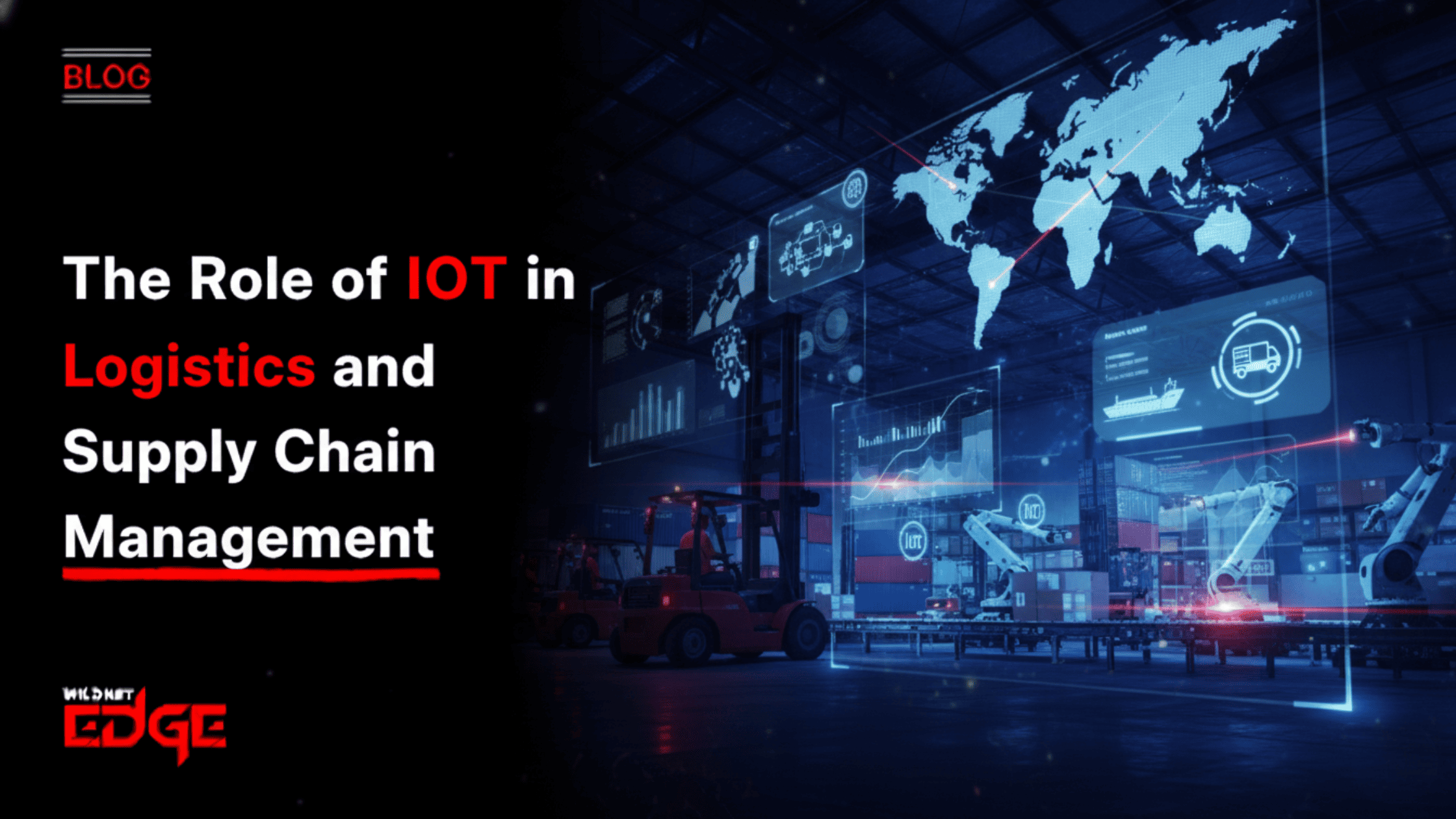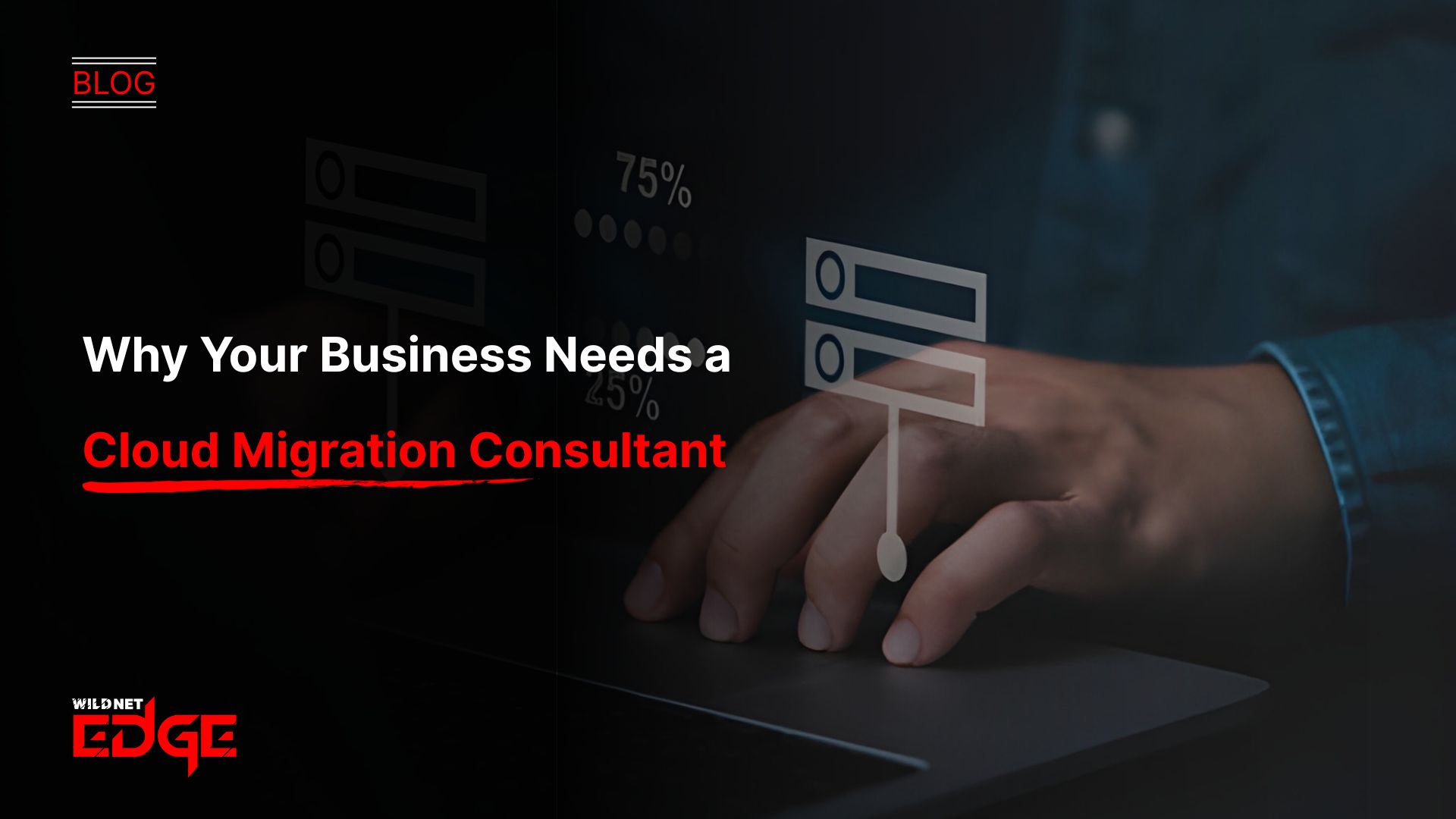TL;DR
This article explores the significant impact of the Internet of Things (IoT) on logistics and supply chain management. It details how IoT connects physical assets, vehicles, containers, and inventory to the digital world via sensors, providing unprecedented real-time visibility. The blog covers key benefits, including enhanced asset tracking, improved inventory management, optimised route planning, and predictive maintenance for fleets, all contributing to a more connected supply chain. It explains how these IoT tracking solutions lead to reduced operational costs, increased efficiency, and greater resilience against disruptions.
The modern supply chain is a complex web of moving parts, spanning continents and involving countless stakeholders. Traditionally, managing this complexity has relied on fragmented systems and delayed information, leading to inefficiencies, lost assets, and costly disruptions.
Today, a powerful technology is bringing unprecedented visibility and intelligence to this critical business function: the Internet of Things (IoT). Strategic implementation of IoT in logistics is no longer a futuristic concept; it is the essential foundation for building a truly resilient and efficient connected supply chain.
What is IoT in Logistics?
IoT in logistics refers to the network of physical objects involved in the supply chain, such as vehicles, containers, pallets, individual products, and warehouse equipment, that are embedded with sensors, software, and connectivity. These devices collect and transmit real-time data about their location, status and environment (e.g., temperature, humidity, shock).
This data streams into a central platform, providing a live, end-to-end view of the entire supply chain. Instead of relying on periodic scans or manual updates, businesses gain continuous visibility. This allows logistics managers to move from reacting to problems to proactively managing their operations using data-driven insights. Building these systems often requires specialized expertise from an IoT Development Company.
The Core Benefits of a Connected Supply Chain
Integrating IoT is a strategic investment that delivers tangible returns by optimizing every link in your supply chain.
Increased Visibility and Real-Time Tracking
This is the most fundamental benefit. IoT tracking solutions provide precise, real-time location data for goods in transit, whether they are on a truck, ship, or plane. This visibility goes beyond simple location; sensors can monitor conditions like temperature for sensitive goods (cold chain), detect if a container has been opened (security), or measure shock impacts (damage prevention). This transparency significantly reduces the risk of loss, theft, or damage.
Enhanced Inventory Management and Warehouse Efficiency
IoT extends visibility into the warehouse. Smart shelves with weight sensors can automatically track inventory levels, eliminating manual counts and reducing errors. RFID tags and indoor positioning systems can help workers locate specific items instantly, speeding up picking and packing processes. This level of automation significantly improves warehouse efficiency and inventory accuracy.
Optimized Route Planning and Fleet Management
For companies managing their own delivery fleets, IoT in logistics offers powerful optimization tools. GPS trackers combined with real-time traffic data allow for dynamic route planning, reducing fuel consumption and delivery times. Sensors on vehicles can monitor engine health, tire pressure, and driver behavior, enabling predictive maintenance that prevents costly breakdowns and improves safety. This helps Automate Business Processes related to fleet operations.
Improved Resilience and Risk Mitigation
Supply chains are vulnerable to disruptions, from weather events to geopolitical instability. A connected supply chain, powered by IoT, provides the real-time data needed to react quickly. If a shipment is delayed, you know instantly and can reroute other parts of the chain or proactively inform customers. This ability to anticipate and respond to disruptions builds a more resilient and reliable operation.
Key IoT Tracking Solutions in Practice
Several specific technologies are driving the IoT in logistics revolution.
- GPS Trackers: Provide real-time location data for vehicles and high-value containers.
- RFID Tags: Used for efficient tracking of pallets and individual items within warehouses and distribution centers.
- Environmental Sensors: Monitor temperature, humidity, light exposure, and shock for sensitive goods.
- Telematics: Combine GPS with onboard vehicle diagnostics to monitor fleet health and driver behavior.
Our IoT Logistics Solutions in Action: Case Studies
Case Study 1: A Pharmaceutical Company’s Cold Chain Monitoring
- The Challenge: A pharmaceutical company needed to ensure its temperature-sensitive vaccines were kept within a strict temperature range throughout the entire shipping process, from the manufacturing plant to the final clinic. Manual checks were insufficient and prone to error.
- Our Solution: We developed a custom IoT solution using temperature and humidity sensors placed inside the shipping containers. The sensors transmitted real-time data via cellular networks to a central dashboard, triggering alerts if temperatures deviated from the safe zone. This required robust Custom App Development Company expertise.
- The Result: The company achieved 100% visibility into its cold chain. Temperature excursions were reduced by over 95%, ensuring product efficacy and compliance with regulatory requirements. The system significantly reduced losses due to spoiled inventory.
Case Study 2: A Retailer’s Warehouse Optimization
- The Challenge: A large retailer was struggling with inefficient picking processes in its massive distribution center. Workers were spending a significant amount of time searching for items, leading to slow order fulfillment.
- Our Solution: We implemented an IoT tracking solutions system using RFID tags on pallets and a network of readers throughout the warehouse. We integrated this with their Warehouse Management System (WMS) to provide real-time location data for every item. A skilled Product Development Company can help design both the hardware tags and the software integration for such projects.
- The Result: The average time to pick an order was reduced by 35%. Inventory accuracy improved to over 99%, and the overall throughput of the distribution center increased significantly without adding headcount.
Our Technology Stack for IoT Logistics
We use a modern, scalable, and secure stack to build robust connected supply chain solutions.
- IoT Platforms: AWS IoT, Microsoft Azure IoT Hub, Google Cloud IoT Core
- Connectivity: LoRaWAN, NB-IoT, 5G, Cellular LTE-M, RFID, BLE
- Edge Computing: AWS Greengrass, Azure IoT Edge
- Databases: InfluxDB, TimescaleDB, MongoDB, PostgreSQL
- Mapping & Visualization: Mapbox, HERE Technologies, Grafana
Conclusion
In the complex world of modern commerce, IoT in logistics is the key to unlocking efficiency, transparency, and resilience. By building a truly connected supply chain, businesses can move beyond guesswork and manage their operations with data-driven precision. From real-time IoT tracking solutions to predictive fleet maintenance, the benefits translate directly into cost savings and a superior customer experience.
Ready to gain complete control over your supply chain? At Wildnet Edge, our AI-first approach enhances our Software Development Solutions, allowing us to build intelligent logistics platforms that not only track your assets but also predict disruptions and optimize routes for maximum efficiency.
FAQs
Security requires a multi-layered approach. This includes secure device provisioning (ensuring only authorized devices join the network), end-to-end data encryption, secure network protocols, and robust security monitoring on the cloud platform receiving the data.
Sensors can provide plenty of environmental data relevant to logistics, such as temperature, humidity, shock/impact levels, light exposure (indicating if a container was opened), and even air pressure or tilt. This is crucial for ensuring the quality and integrity of sensitive goods.
Often, the most significant initial hurdle is defining a clear business case and starting small. Instead of trying to connect everything at once, focus on solving one specific, high-value problem (like tracking high-value assets) to prove the ROI before scaling up.
Integration is key. A well-designed IoT platform will have APIs (Application Programming Interfaces) that allow it to push real-time data into your existing Warehouse Management System or Transportation Management System, enriching those systems with live information.
Most IoT tracking solutions designed for logistics have onboard memory. They will continue to log data locally (like location or temperature) and then transmit the stored data once connectivity is restored, ensuring no critical information is lost.
IoT in logistics contributes significantly to sustainability. Route optimisation reduces fuel consumption and emissions. Predictive maintenance prevents inefficient vehicle operation. Cold chain monitoring reduces spoilage and waste. Optimised inventory management reduces the energy needed for warehousing.
Yes, a pilot project is designed for precisely this purpose. By implementing IoT tracking solutions on a small scale (e.g., tracking one fleet or one warehouse section), you can measure the direct impact on key metrics like fuel savings, reduced loss, or improved efficiency, allowing you to build a solid business case for a wider rollout.

Nitin Agarwal is a veteran in custom software development. He is fascinated by how software can turn ideas into real-world solutions. With extensive experience designing scalable and efficient systems, he focuses on creating software that delivers tangible results. Nitin enjoys exploring emerging technologies, taking on challenging projects, and mentoring teams to bring ideas to life. He believes that good software is not just about code; it’s about understanding problems and creating value for users. For him, great software combines thoughtful design, clever engineering, and a clear understanding of the problems it’s meant to solve.
 sales@wildnetedge.com
sales@wildnetedge.com +1 (212) 901 8616
+1 (212) 901 8616 +1 (437) 225-7733
+1 (437) 225-7733































